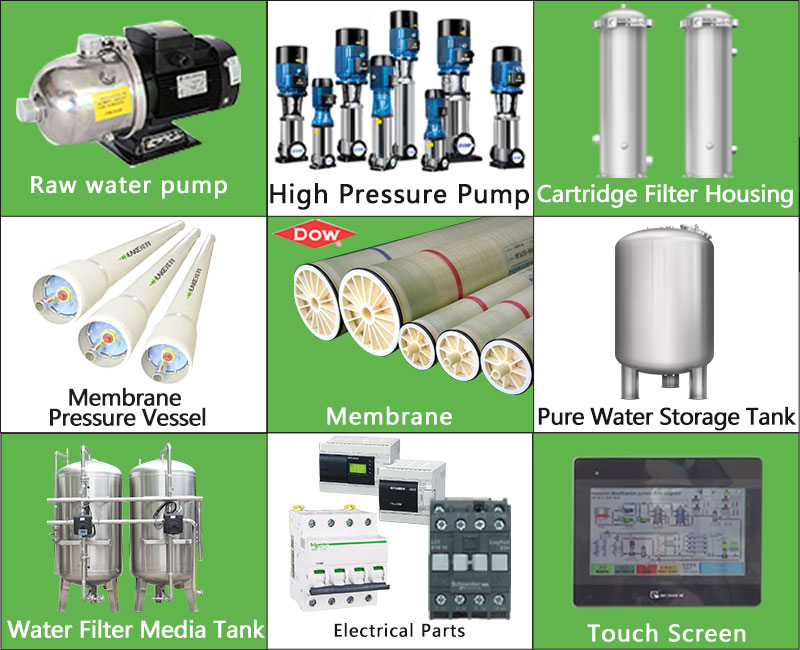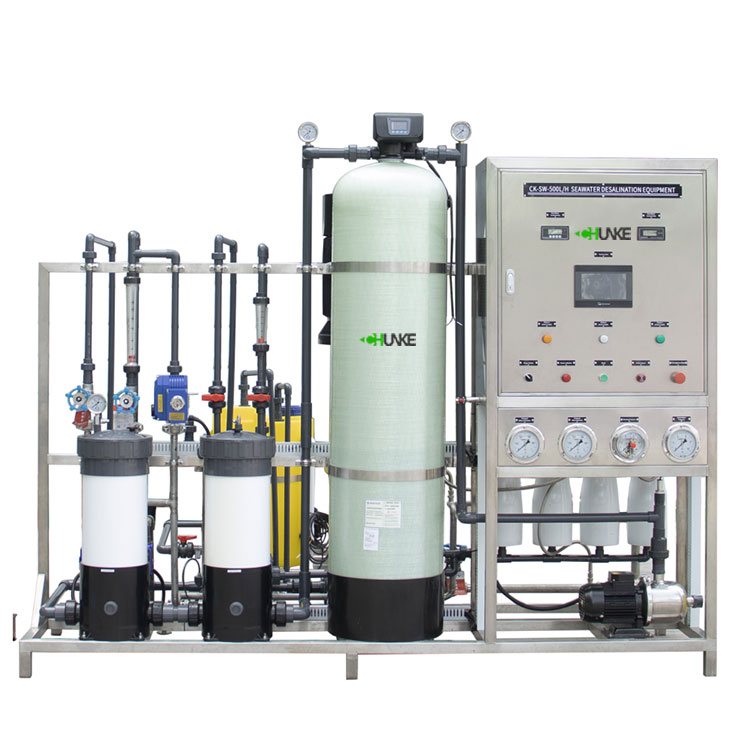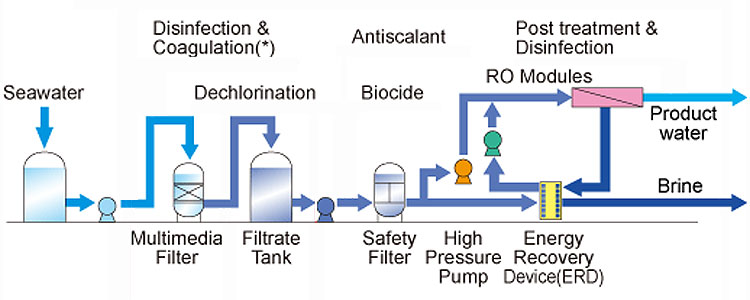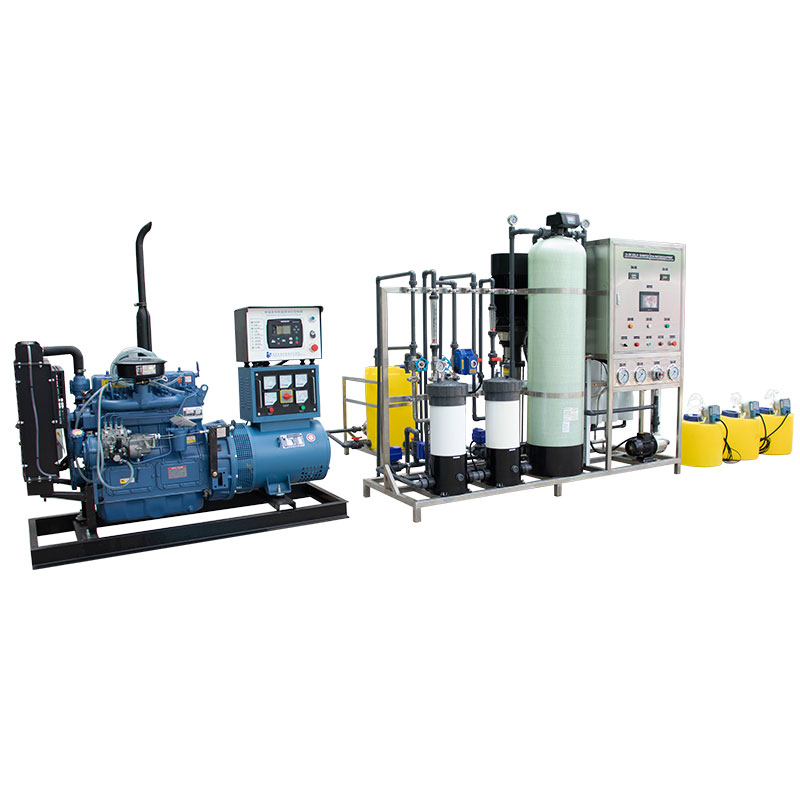Are there any portable desalination devices?
As the global water crisis intensifies, the acquisition of fresh water has become a major challenge facing all countries. Especially for those who work and live in the ocean or coastal areas, the shortage of fresh water resources is particularly prominent. In response to this situation, desalination technology has emerged as an effective means of obtaining drinking water from the ocean.
However, traditional desalination equipment is often bulky and difficult to move, and is not suitable for emergency or portable use. Therefore, portable desalination devices have gradually become an important research and development direction. So, does a portable desalination device really exist? What is the definition of a portable desalination device?

What is a portable desalination device?
A portable desalination device, as the name suggests, refers to a device that can be carried around, easily moved, and can desalinate seawater. It is usually designed in a compact form and is suitable for use by individuals, teams or small units in emergency situations, especially when fresh water resources are scarce at sea or in coastal areas. The core goal of this type of equipment is to provide instant and safe drinking water, which can play an important role in sailing, hiking, rescue or military operations.
Compared to traditional large-scale desalination units, portable units are defined not only by their small size and light weight, but also by their ease of operation, lack of complex installation, and ease of maintenance. In addition, such units must have a certain processing capacity to produce enough fresh water in a short period of time to meet the basic needs of users.
What types of portable desalination units are available?
When discussing portable desalination units, we need to understand the types that are currently available on the market. These units vary in design and function, but are all designed to achieve an efficient desalination process.
1. Manually operated desalination units:
These units usually rely on manual pumps for operation and are suitable for emergency situations or outdoor activities. Users manually pressurize the seawater to push it through the reverse osmosis membrane, thereby removing salt and impurities and obtaining drinking water. Typical manual desalination units have limited water production, usually processing a few hundred milliliters to several liters of water per hour, and are suitable for use by one or a few people.
2. Electric portable desalination units:
Electric portable units use an electric-driven pump or other pressurization system to desalinate seawater. These units are generally more efficient than manual units and can process more seawater in a shorter period of time. Some electric devices can be connected to a car power source, solar panels or portable battery packs, increasing the flexibility of use.
3. Solar-powered desalination device:
Solar portable desalination devices use solar energy as the main power source to convert seawater into fresh water through distillation or reverse osmosis technology. Such devices usually have a long processing time, but their biggest advantage is that they do not require electricity supply and are suitable for long-term outdoor use or use in remote areas.

What is the technical principle of portable seawater desalination devices?
Portable seawater desalination devices are usually based on two main technologies: reverse osmosis technology and distillation technology.
1. Reverse osmosis technology:
Reverse osmosis (RO) is currently the most commonly used seawater desalination technology. This technology uses a semi-permeable membrane to separate water molecules from salt and impurities in seawater with pressure. Portable reverse osmosis devices use manual or electric pressure to push seawater through the reverse osmosis membrane to obtain drinkable fresh water. Because the pore size of the reverse osmosis membrane is extremely small, it can effectively filter out salt, microorganisms and other contaminants, and the resulting water quality is usually of high quality.
2. Distillation technology:
Distillation technology removes salt and other impurities by heating seawater, evaporating it and then condensing it into fresh water. Portable distillation units usually use solar energy or small electric heat sources as energy sources, and can continuously produce fresh water when conditions permit. Although distillation equipment is usually larger and produces water more slowly, its durability and reliability make it more suitable in some cases.

Advantages and limitations of portable desalination devices
Portable desalination devices are undoubtedly of great value in many scenarios, but they also have certain limitations.
Advantages of portable desalination devices:
● Convenience: The design is compact and lightweight, easy to carry, and can provide drinking water anytime and anywhere.
● Simple operation: Most portable devices can be operated without professional skills and are suitable for use in emergency situations.
● Strong adaptability: They can be used in oceans or coastal areas far away from freshwater resources, especially for sailing, outdoor adventures or rescue missions.
Limitations of portable desalination devices:
● Limited water production: Portable devices usually have low processing capacity and cannot meet large-scale or long-term water needs.
● Energy consumption: Electric devices need to rely on external power or batteries, which may be limited when energy is limited.
● Maintenance complexity: Although the operation is simple, the filter membrane or other core components inside the device still need to be regularly maintained and replaced, especially when used frequently.

What are the application scenarios of portable desalination devices?
Portable desalination devices are widely used in many fields due to their special design and functions to meet the fresh water needs in different scenarios.
1. Navigation and marine operations:
In the ocean far away from the land, the lack of fresh water resources is a major problem. Portable desalination devices can provide a reliable source of fresh water for sailors, fishermen or offshore workers to ensure their basic living needs.
2. Emergency rescue and disaster response:
When natural disasters or emergencies occur, the supply of fresh water is often interrupted. Portable desalination devices can be quickly deployed to provide safe drinking water for rescuers and residents in disaster areas, reducing the impact of disasters.
3. Outdoor adventure and military use:
For people engaged in outdoor adventures or military missions, portable desalination devices are important equipment to ensure drinking water safety. They can be used in remote or harsh environments, reducing reliance on external water sources.




